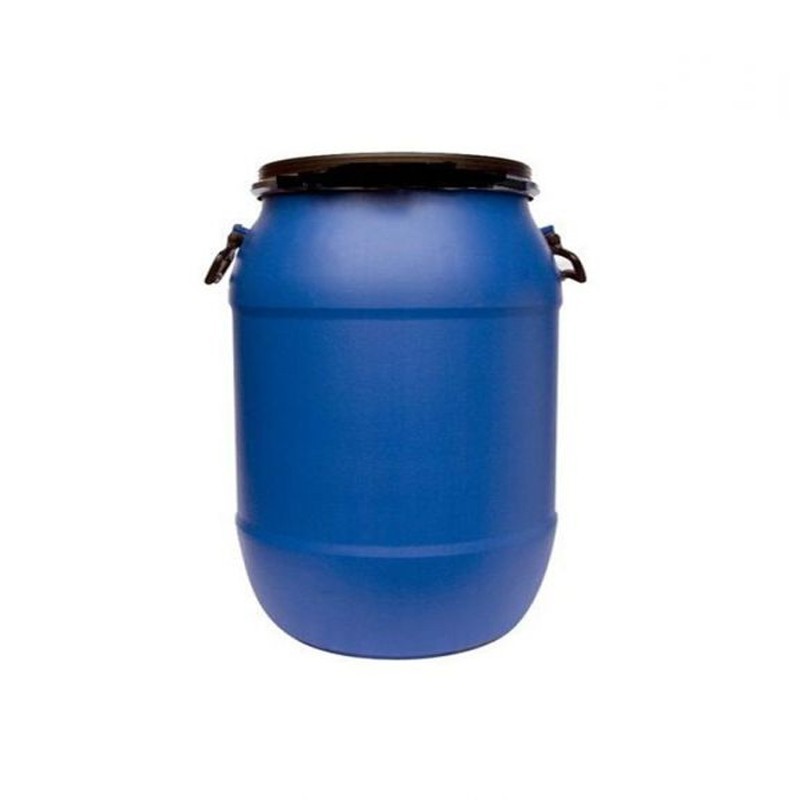
Price :
৳550
Estimated Shipping Time: Deliveries take up to 2-3 days after you place your order.
Product SKU: 06T15285xBg
Adhesive and Binder: Sodium silicate is used as a binder in various industries, including paper, cardboard, and fiberboard production.
Detergent and Cleaner: Sodium silicate is a key ingredient in detergent formulations, where it acts as a builder, enhancing cleaning effectiveness.
Concrete and Cement: Sodium silicate is utilized in the production of concrete and cement formulations to improve strength and durability.
Textile Processing: It is used in textile processing as a dye-fixing agent and as a component in sizing formulations for yarns and fabrics.
Pulp and Paper Industry: It finds application in the pulp and paper industry for deinking, bleaching, and as a sizing agent.
Binder.
Catalyst.
pH Buffer.
Concrete Strengthener.
Soil Stabilizer.
No Review Found.
| Quantity | Discount |
|---|---|
| 10+ | 1% Off |
Login To Comment